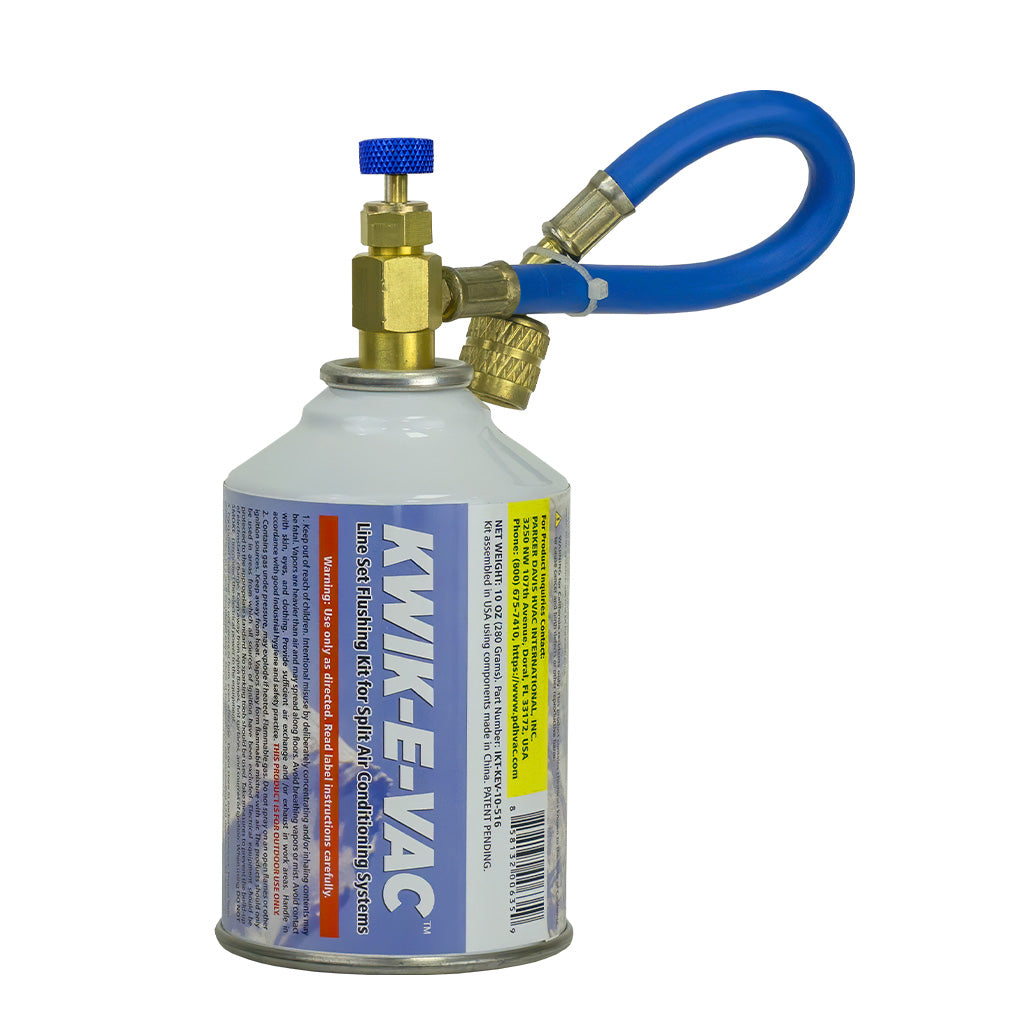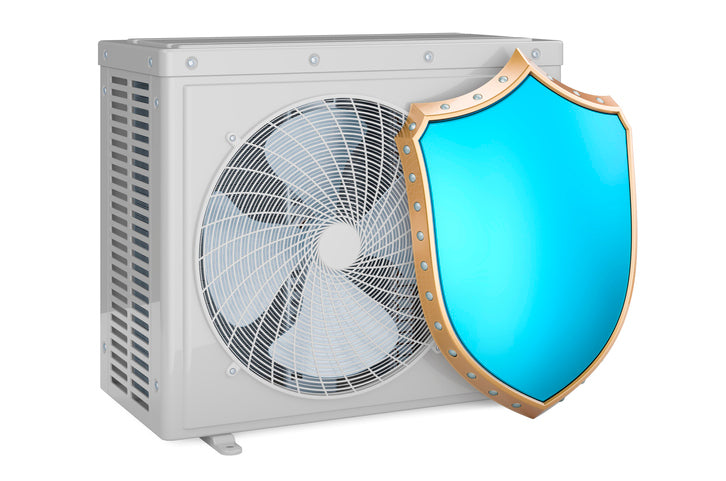The Science Behind How a Heat Pump Works

In today's world of escalating energy costs and increasing awareness of environmental impacts, the technology behind heating and cooling systems has garnered substantial attention. Among the various solutions available, heat pumps stand out as an efficient and sustainable option for regulating indoor temperatures. But what exactly is a heat pump, and how does it manage to provide both heating and cooling with remarkable efficiency? Understanding the science behind how a heat pump works can shed light on why they are quickly becoming a preferred choice for homeowners.
What Is a Heat Pump?
Unlike traditional furnaces that generate heat by burning fuel, or air conditioning units that remove heat through refrigeration cycles, heat pumps work by extracting heat from external sources such as the air, ground, or water and redistributing it indoors. During the colder months, a heat pump draws heat from the outside air or ground and channels it inside to warm the space. Conversely, in warmer months, the process is reversed, with heat being extracted from the indoor air and expelled outside, thus cooling the space. This ability to both heat and cool makes heat pumps an energy-efficient, cost-effective, and environmentally friendly alternative to conventional heating and cooling systems, particularly in moderate climates where their efficiency can significantly reduce overall energy consumption.
At the core of a heat pump's operation lies the fundamental principle of heat transfer, which relies on the movement of thermal energy from one place to another. This process exploits the fact that heat naturally moves from a warmer area to a cooler one. Heat pumps utilize a refrigerant fluid that circulates within a closed loop, undergoing phase changes between liquid and gas states. In heating mode, the refrigerant absorbs heat from the external environment (even at relatively low temperatures) and becomes a gas. This gaseous refrigerant is then compressed, increasing its temperature further before releasing its heat to warm the indoor space. In cooling mode, the cycle is reversed; the refrigerant absorbs heat from inside the home, evaporates to a gas, and is then compressed and expelled outside.
Key Heat Pump Components
A heat pump system is comprised of several essential components that work together to facilitate the transfer of heat. The evaporator is responsible for absorbing heat from the outside environment. Whether the heat pump is in heating or cooling mode, the evaporator acts as the initial contact point where the refrigerant absorbs heat and begins to evaporate into a gas. Following the evaporator, the gaseous refrigerant is sent to the compressor. The compressor's job is to pressurize the gas, raising its temperature as a result. This high-pressure, high-temperature gas then moves to the condenser. In heating mode, the condenser releases the absorbed heat into the indoor environment, warming the space. In cooling mode, the condenser expels the heat outside. Lastly, the refrigerant passes through the expansion valve, which reduces its pressure, cooling it down and allowing it to return to a liquid state, ready to begin the cycle again. This seamless interaction between the key components ensures the heat pump's efficiency in both maintaining comfortable indoor temperatures and conserving energy.
Advantages of Using Heat Pumps
One key advantage of heat pumps is their energy efficiency. Unlike systems that rely on combustion or electrical resistance heating, heat pumps transfer existing heat rather than generating it anew. This method of heat transfer can be up to three times more efficient than traditional heating systems. As a result, homeowners can expect significant reductions in their energy bills. In addition to cost savings, the reduced energy consumption of heat pumps translates to lower greenhouse gas emissions, making them an environmentally responsible choice.
Another notable benefit of heat pumps is their ability to provide both heating and cooling in a single system. This versatility eliminates the need for separate heating and air conditioning units, saving space and reducing installation costs. Heat pumps are particularly advantageous in regions with moderate climates, where the temperature variations between seasons are not extreme. Furthermore, modern heat pumps are designed to maintain a high level of performance and comfort even in colder climates, thanks to advancements like variable speed compressors and supplemental heating elements.
Lastly, heat pumps contribute to improved indoor air quality. Traditional heating systems, such as wood stoves or fuel-burning furnaces, can introduce indoor pollutants and allergens. In contrast, heat pumps circulate and filter the air as part of their operation, helping remove dust, pollen, and other particulates. Many heat pump systems also come equipped with advanced air purification features that enhance their capability to maintain a healthy indoor environment. Quiet operation is another added benefit, as heat pumps are generally less noisy compared to conventional HVAC systems.
Installation and Maintenance Tips
Proper installation and maintenance are crucial to ensure the optimal performance and longevity of your heat pump. When installing a heat pump, it's important to work with qualified professionals who are familiar with the specific requirements and best practices for your chosen system. Proper sizing is another key factor: a heat pump that is too small may struggle to adequately heat or cool your space, while an oversized unit can lead to increased wear and tear, reducing efficiency. Placement of both the indoor and outdoor units should also be carefully considered to maximize airflow and minimize obstructions. Regular maintenance, including cleaning or replacing filters, checking refrigerant levels, and inspecting the system for any signs of wear or damage, will help maintain efficiency and prevent costly repairs.
Maintenance doesn't end with professional check-ups; homeowners can also take proactive measures to keep their heat pumps running smoothly. Simple tasks such as ensuring outdoor units are free from debris, trimming back any overgrown vegetation, and regularly cleaning the coils can make a significant difference. Additionally, monitoring your system for any unusual sounds or performance issues can help identify potential problems early on. A well-maintained heat pump not only ensures a comfortable indoor environment but also contributes to reducing energy consumption and extending the system's lifespan, providing both economic and environmental benefits.
Enhance Your Indoor Climate With Mini Splits
Understanding the science behind how a heat pump works is just the first step; the next is to choose the right system for your home. Thankfully, our Pioneer team proudly carries quality Ductless mini splits for sale that include heat transfer capabilities! Explore our selection today and find the ideal solution for optimizing your indoor climate.








